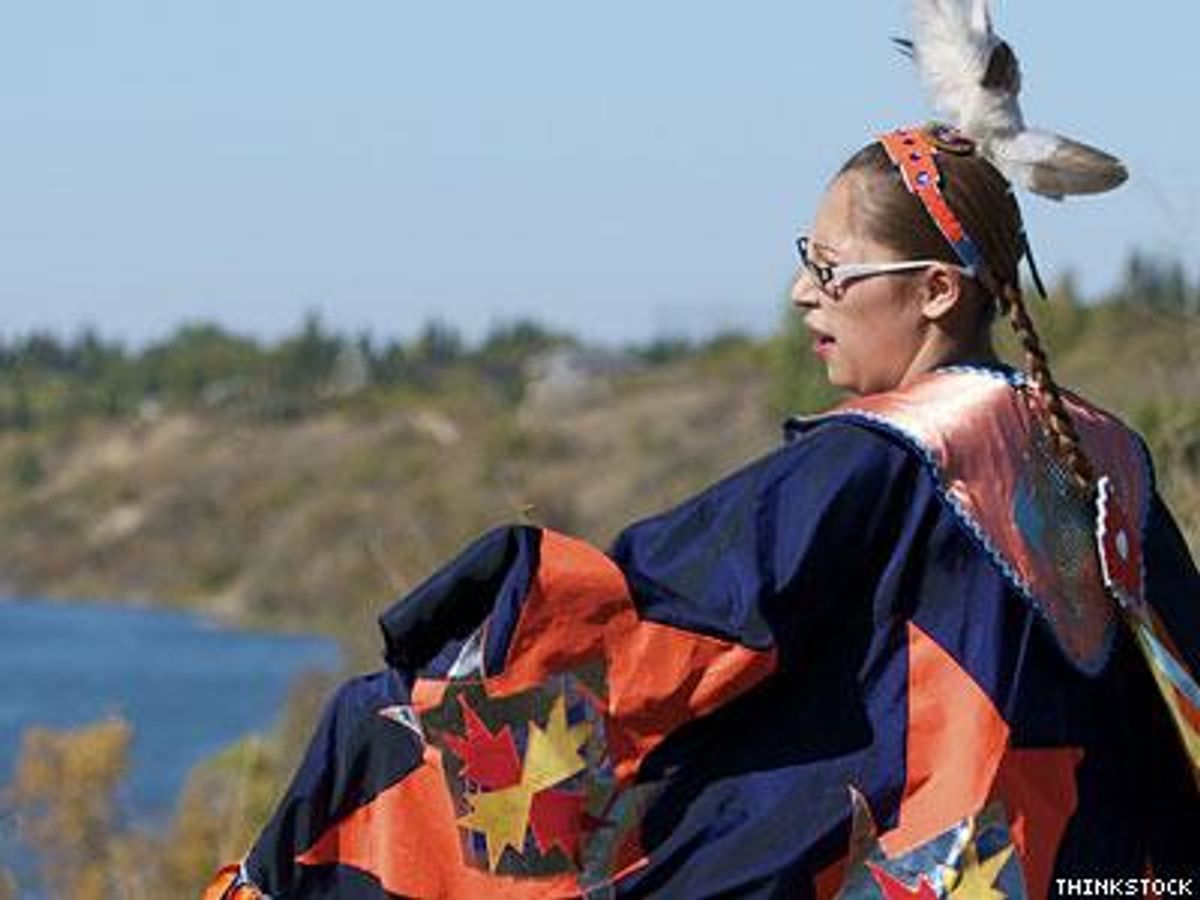World News
New Project Will Study Unusually High HIV Rates
New Project Will Study Unusually High HIV Rates

Digging Deep will look at causes of rates among Saskatchewan aboriginals.
September 24 2014 11:01 AM EST
By continuing to use our site, you agree to our Privacy Policy and Terms of Use.
New Project Will Study Unusually High HIV Rates

Indigenous women in Canadian province of Saskatchewan have an unusually high rates of HIV infection and a new research project plans to find out why. The project, Digging Deep, will be a three-year, community-based project that “aims to understand the complex social determinants that contribute the high rates of injection drug use and HIV/AIDS among aboriginal women,” according to Natascia Lypny at the Leader Post.
The project hopes to build “a model of culturally safe care” within the aboriginal communities, though the article was a vague on what culturally safe care means.
The study was spurred by recent statistics that show the province had the highest rate of new infections — about twice the national average — between 2003 and 2010, and that a disproportionate number of those new infections were aboriginal women under 30.
The co-principle investigator Carrie Bourassa told the Leader Post that aboriginal women had faced stigmatization by researchers in the past and that a new, community-based approach was necessary to earn trust among marginalized populations.
One of the key partners on the project is All Nations Hope Network, the only aboriginal AIDS organization in Saskatchewan.
The organization hopes that through projects like Digging Deeper they can get to the root of the problem of HIV within the aboriginal communities.